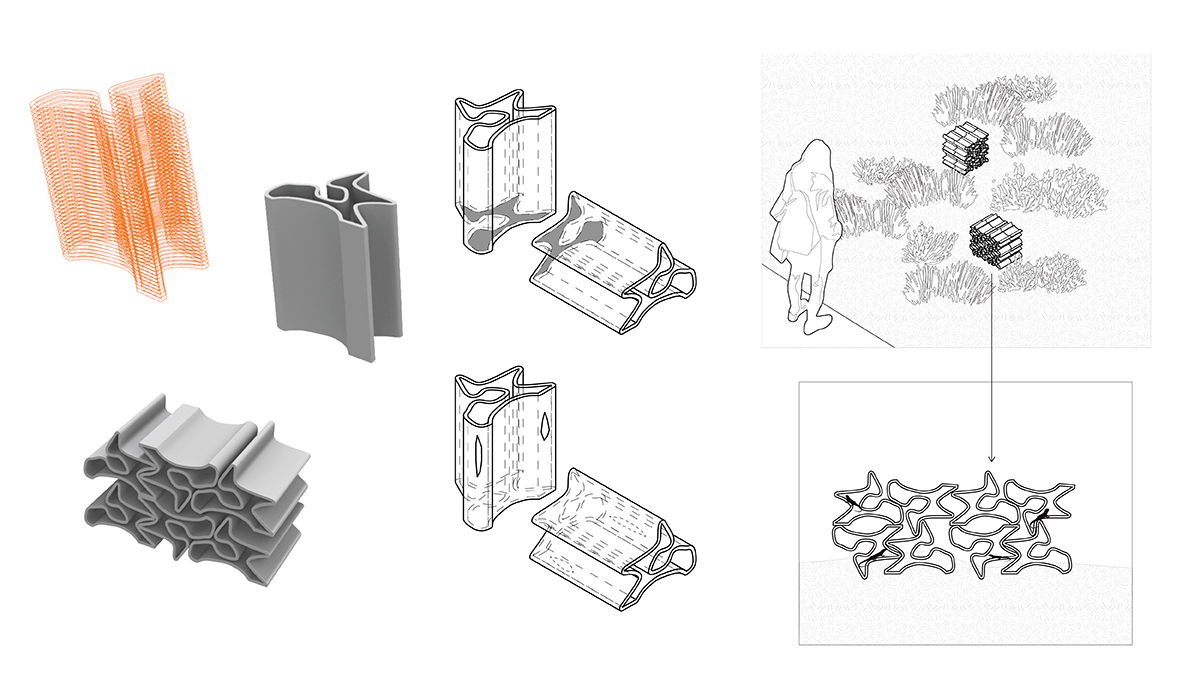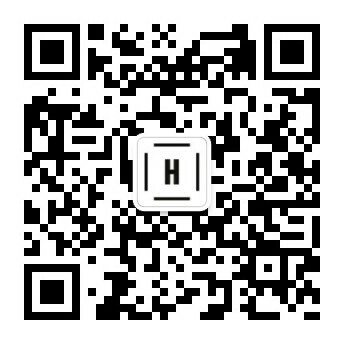Rethinking wildlife habitat design in the public realm

Cities have the potential to be more than just places for people. They can offer abundant opportunities to create high-value habitat networks for native wildlife.
In partnership with the University of Melbourne’s Urban Ecology Design Lab, the Robotics Lab, and the School of Biosciences, our design teams are exploring practical solutions to establish ecological foundations that can encourage broader urban biodiversity. The result is Wildlife Habitat Design in the Public Realm, and Fabricating for Biodiversity, a series of two guidelines for creating healthy, thriving urban ecosystems. By prioritising fauna lower in the food web, these resources help designers and planners transform public spaces into functional habitats that support city wildlife.
WILDLIFE HABITAT DESIGN IN THE PUBLIC REALM
Our comprehensive blueprint for embedding wildlife habitat thinking into everyday projects brings together insights from leading researchers, designers, and academics shaping the future of urban biodiversity. This work frames our research as a regenerative, educational and climate-adaptive set of strategies for contemporary landscape architecture and urban ecology.
FABRICATING FOR BIODIVERSITY
This practical, hands-on guide explores innovative, design-led wildlife habitat solutions — showcasing the potential of 3D printing and emerging technologies to create resilient, life-supporting urban environments. The initiative aims to design and build artificial wildlife habitats that support, sustain and maintain viable urban fauna.
These resources show what’s possible when design meets ecology, from boosting biodiversity to building more sustainable and adaptive cities.


Scan this QR code with your phone to follow Hassell on WeChat.